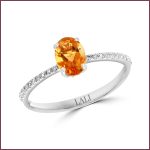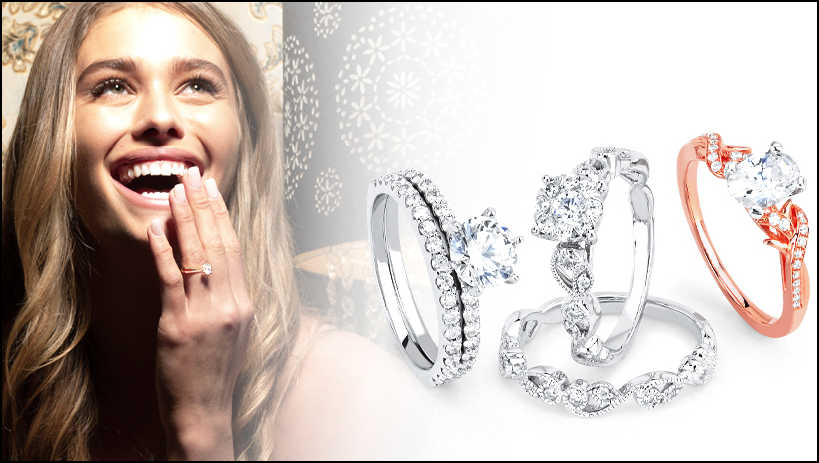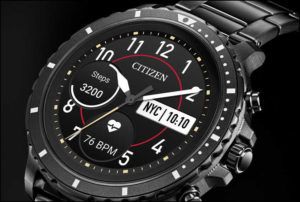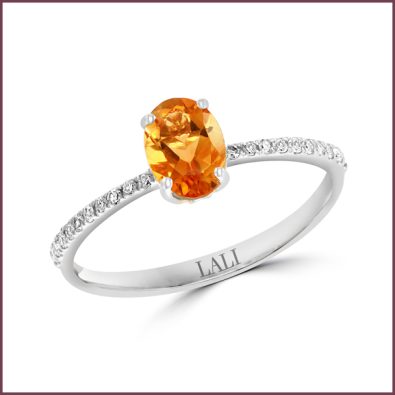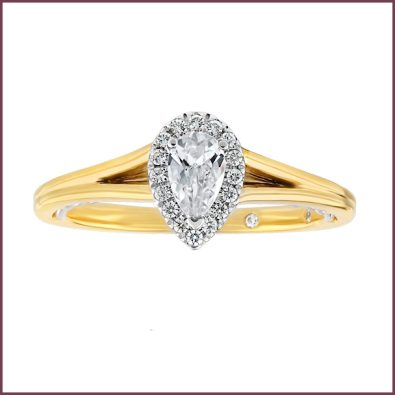Motivating the Purchase
To connect effectively with consumers, you must know what motivates them.
Attract more self-purchasers–the new buyer for the jewelry industry–by focusing on the reasons people purchase jewelry in the first place.
The Plumb Club Industry & Market Insights 2021 finds, in a survey of 1,000 U.S. jewelry consumers, that when buying jewelry occasion-specific jewelry and jewelry-with-meaning is a preferred choice. While nearly half (48%) buy to celebrate something (like a birthday or holiday celebration), 23% need no reason, and 12% self-reward (for achieving a goal, like a promotion or losing weight).
 Nearly a third and a quarter of consumers rate design and quality, respectively, as the leading considerations when buying jewelry, with only 16% citing price. However, TPC Insights finds that 57% of consumers say that the availability of financing is an important purchaser motivator.
Nearly a third and a quarter of consumers rate design and quality, respectively, as the leading considerations when buying jewelry, with only 16% citing price. However, TPC Insights finds that 57% of consumers say that the availability of financing is an important purchaser motivator.
The jewelry industry has long been aware of the growing presence of female self-purchasers, but data finds 76% of the nearly 700 jewelers interviewed in January for JCK’s State of the Industry 2021 report have seen a rise in women buying jewelry for themselves.
What jewelers reveal is that the purchases are significant: Stores with revenue over $1 million noted an average sale of $1,736 for women buying for themselves, while stores with revenue under $1 million pegged these sales at an average $1,164. But JCK cites that the most appealing price point for female self-purchasers of fine jewelry is $500.
The Plumb Club’s latest Industry & Market Insights 2021, in a survey of 1,000 U.S. jewelry consumers, found the average spend to be about $1,200, with the ability to finance a big draw to close the sale.
Financing is Attractive
With financing being one of the biggest problems hindering retailers, having the ability to offer a customer credit card equals more opportunities to close sales, higher average open to buy, and will keep customers coming back year after year, underscores Alok Mehta, president and CEO of IDD, New York.
Launched in 2014, the diamond jewelry manufacturer’s IDDeal Credit Card Program offers benefits including broad credit approvals, generous limits, multiple payment plans, promotional and holiday rates, a fast and easy application process, and no recourse for retailers, fees or equipment to buy. Since its inception, it has enabled retailers to close more than 300 million dollars in sales, says Mehta. And, IDD’s in-house marketing department creates customized ads, billboards, and social media bundles for IDDEAL retailers.
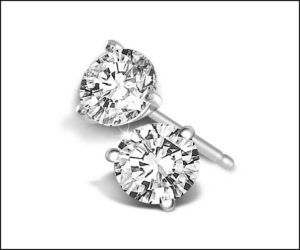 “The idea behind the IDDeal card was to offer a credit program for independents and small chains to help close more high-ticket sales by offering a credit option that allows customers to keep those purchases separate from their general-purpose credit cards,” explains Mehta. “Most independent retailers can’t compete with the larger banners on credit, resulting in a significant loss of sales.”
“The idea behind the IDDeal card was to offer a credit program for independents and small chains to help close more high-ticket sales by offering a credit option that allows customers to keep those purchases separate from their general-purpose credit cards,” explains Mehta. “Most independent retailers can’t compete with the larger banners on credit, resulting in a significant loss of sales.”
The Right Assets
TPC Insights finds that tried-and-tested gender, age, and income-based consumer groups and marketing concepts do not cut it. A new mix of eras is blending in innovative ways, with the rise of Millennials and Gen Z, and with Gen X and Boomers living longer and behaving much younger than anticipated.
A segmentation based on mindsets and persuasions makes more sense, clustering people according to similarities in activities, thought processes, convictions, and values makes more sense, shares TPC Insights.
Many companies often identify market segments using demographics alone. Few would agree that consumers are neatly defined by age, gender, or income. As consumer dynamics shift, brands need to place as much value on psychographics — the study and classification of people according to their attitudes, aspirations and other psychological criteria, finds TPC Insights.
Digital technology is so important, underscores Theresa Namie, merchandise manager for Ostbye, Minneapolis Minnesota. “We support our clients using marketing materials including art for ad work, Instagram and Facebook posts that build clean stories around love kindness and self-worth. We also have a new Holiday Wishbook in print and digital. We like to work with our retail jewelers to ensure that they have everything they need to be successful. Because if our retailers are successful, we are successful, it’s a win-win! This includes items that have a lifetime trade-up, in-store displays, and multiple price points to meet the many needs of their customers.”
Jewelers communicate with their customers differently now; email marketing and social media are very important, underscores Kaitlin Derkach, spokesperson for the watch brands Citizen and Bulova. “Digital assets are a must including assets to enhance retailer websites, such as banners, watch photography, videos, and lifestyle imagery. We provide monthly digital assets to support the communication of any new launches or key selling occasions, in addition to traditional point of sale assets.”
Derkach cites that the history behind each of Bulova’s reissued archival pieces has become highly appealing to the self-purchasing man, like its re-edition Mil-Ships timepiece, used by the U.S. Navy Experimental Diving Unit, and the Limited Edition Lunar Pilot unveiled to celebrate the 50th Anniversary of Apollo 15. These stories really connect with collectors. As for ladies, she says women continue to be interested in different looks. “The same female that purchases a simple watch will purchase a bold diamond timepiece.”
Allison Peck for the Brevani brand, New York, underscores the importance of retailers exciting customers with all the tools available to them to engage with consumers. “We supply our retailers with hi-resolution product images, as well as lifestyle and social media content, graphics for ads, posters, eblasts, whatever the retailer requests we try to provide.” The brand’s relationship with the popular reality TV show, The Bachelorette has received tremendous positive feedback, with retailers gaining new followers specifically from the broad reach of the show.
Companies across the jewelry spectrum are prioritizing not just online sales, but digital marketing and advertising, finds JCK’s State of the Industry 2021, citing that 88% of the nearly 700 retailers surveyed expect social media to play a greater role in their marketing efforts this year. According to TPC Insights, 85% of consumers surveyed say they are active on social media, with Facebook (93%) and Instagram (73%) most popular. Moreover, 59% have already made a purchase through social media.
